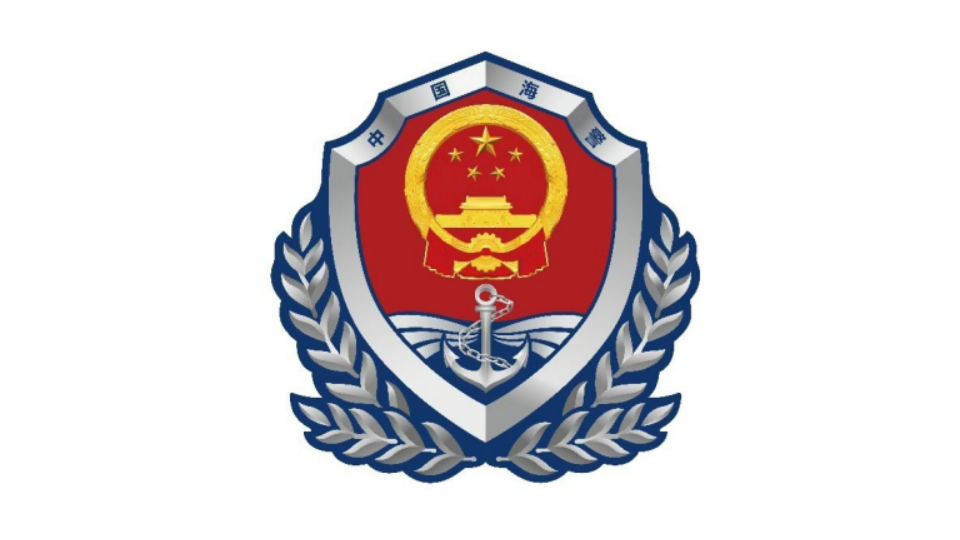By Wang Min
Recently, the US Department of Defense released its first National Defense Industrial Strategy aiming to drive the development of the US defense industry through reform. However, considering the deep-rooted problems in the US defense industry, this report may not necessarily help reverse its declining tendency.
The Russia-Ukraine conflict and the Palestinian-Israeli conflict continue to drag on. As the largest arms exporter behind the scenes, the US is in the dilemma of rapidly depleting its existing arms stockpile and being unable to fill the gap in defense industry production capacity. This not only has embarrassed the US in front of its allies but has also hindered its ambitions of maintaining dominance both in Europe and the Indo-Pacific region.
Problems such as inefficiency, fragile supply chains, and shortage of employees in the US military industry have been exposed. These problems range from the repeated difficulties in developing hypersonic weapons to the consumption of the Stinger missile, which takes 13 years to produce, within just 10 months of the Russia-Ukraine conflict, to the severe cost overruns in the Sentinel intercontinental ballistic missile project.
The approximately 60-page report outlined four priority areas: resilient supply chains, workforce readiness, flexible acquisition and economic deterrence to guide the modernization of the US defense industry system over the next three to five years. However, the report primarily describes the problems, and the measures to address them are only superficial. The Pentagon said that the implementation plan for this strategic report will be released later. Nevertheless, given the long-standing decline in the foundation of the US defense industry and the intertwined problems, there are many doubts about how effective this implementation plan can be.
Currently, the problem of hollowing out in the US defense industry is serious. Taking shipyards as an example, the equipment of the four public shipyards that are still in operation generally exceeds their service life, and there is a long backlog of US warships waiting for repairs. The US is now seeking a deal with Japan to allow Japanese shipyards to regularly overhaul and maintain US Navy ships. As the only company in the US that can currently build aircraft carriers, Huntington Ingalls Industries is experiencing a supply chain crisis. Besides, if the US Navy delays its plans to purchase aircraft carriers, suppliers of key components for Ford-class aircraft carriers may encounter a survival crisis.
Corruption in military procurement is also a chronic disease in the US defense industry. There has always been a revolving door between politics and business in the US defense field. US politicians easily transition between government roles and positions in military-industrial enterprises to reap significant benefits. The revolving door has also resulted in a serious industry oligopoly in the US defense industry system, causing numerous small military-industrial enterprises to go out of business, limiting choices in defense procurement, and lowering the self-sufficiency of certain key raw materials.
It is worth mentioning that the report also emphasized the cooperation between the US defense industry and its allies. However, this is opposed to the willingness of US allies to place greater emphasis on strategic autonomy. For example, Japan, Italy, and the UK signed an agreement to jointly develop sixth-generation aircraft, and France, Germany, and Spain are working together in the development of next-generation fighter jets. All these show that the appeal of US-made weapons and equipment to its allies is declining.
In conclusion, the so-called US defense industry crisis is a result of its pursuit of hegemony. What the US truly needs to do is abandon all acts of hegemony, coercion, and bullying and completely discard the Cold War mentality. Only then can the US fundamentally address the problems.









